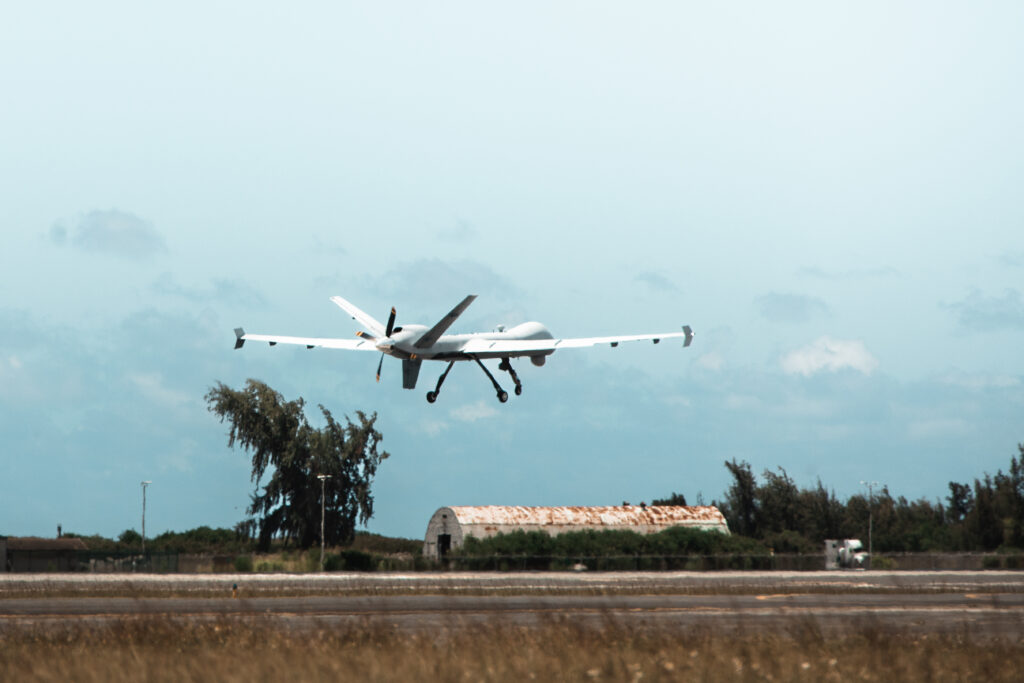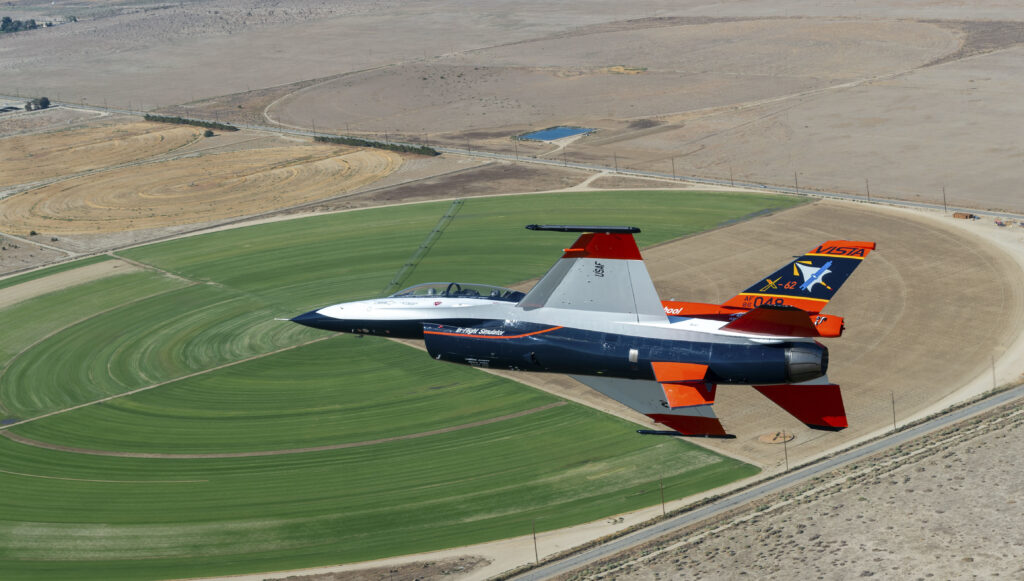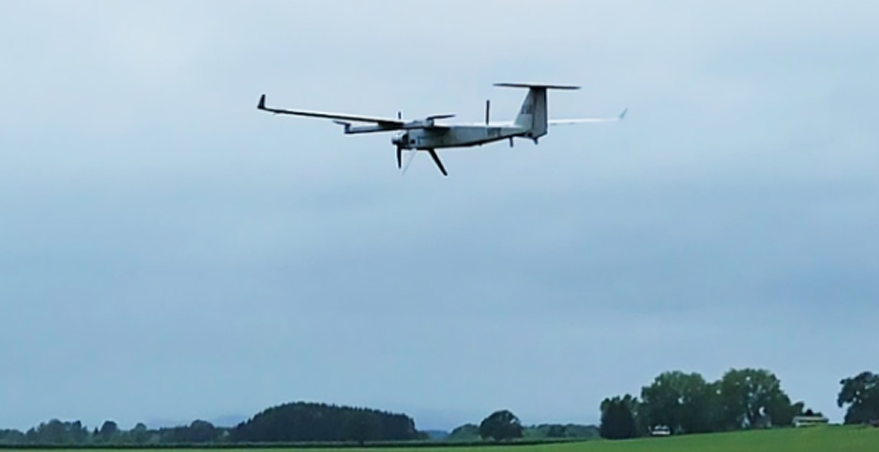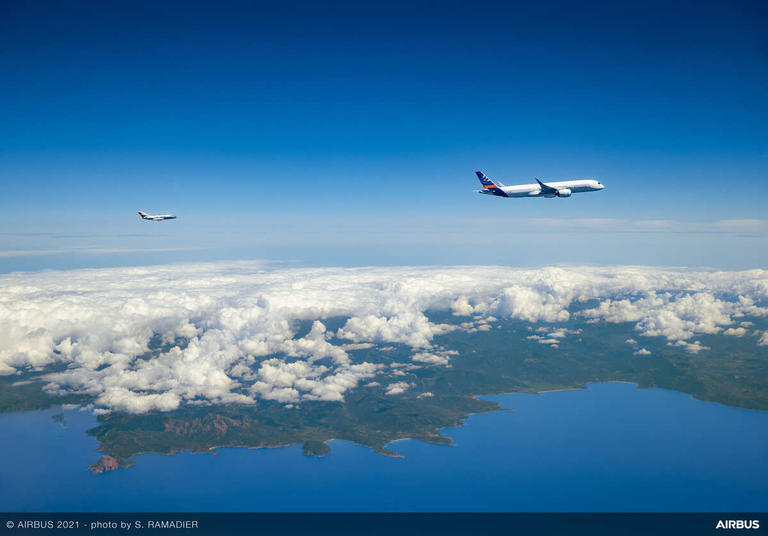
Douglas Edward Robertson, 56, of Olathe, Kansas, the former vice president of KanRus Trading Company Inc., pleaded guilty today for his role in a years-long conspiracy to circumvent U.S. export laws by filing false export forms with the U.S. government and, after Russia’s unprovoked invasion of Ukraine in February 2022, continuing to sell and export sophisticated and controlled avionics equipment to customers in Russia without the required licenses from the U.S. Department of Commerce.
“Robertson, by his own admission, conspired to sell advanced U.S. avionics equipment to Russian customers in violation of U.S. law,” said Assistant Attorney General for National Security Matthew G. Olsen. “The Justice Department will not tolerate those who seek to undermine the effectiveness of export controls that protect critical U.S. technology and deter Russia’s aggression in Ukraine.”
“Robertson’s guilty plea is reflective of the strong evidence gathered against him by federal investigators and the solid case presented by federal prosecutors,” said U.S. Attorney Kate E. Brubacher for the District of Kansas. “Our nation is both proud and grateful to these men and women at the Department of Justice who seek to protect the United States and our national security interests from adversaries both foreign and domestic.”
“Those who seek to profit by illegally selling sophisticated U.S. technology to our adversaries are putting the national security of our country at risk and that cannot be tolerated,” said Executive Assistant Director Robert Wells of the FBI’s National Security Branch. “It is appalling that the defendant schemed to smuggle avionics equipment to customers overseas including Russia, a nation engaged in a long-running military conflict with Ukraine. The FBI will work with our partners to stop the illegal flow of sensitive U.S. equipment and technology to foreign adversaries.”
“You might think that smuggling sensitive U.S.-origin technology to Russia, including to their Federal Security Service (FSB), means we’re not in Kansas anymore. Unfortunately, in this case, we were,” said Assistant Secretary for Export Enforcement Matthew A. Axelrod. “We will continue to hold individuals everywhere, including those at the highest rungs of the corporate ladder, accountable when they violate our laws by lying on forms and transshipping items through third countries.”
According to court documents, as part of his guilty plea, Robertson admitted that between 2020 and when he was arrested in March 2023, he conspired with others – including co-defendants Cyril Gregory Buyanovsky of Lawrence, Kansas, and Oleg Chistyakov, aka Olegs Čitsjakovs, of Riga, Latvia, – to smuggle U.S.-origin avionics equipment to end users in Russia, as well as Russian end users in other foreign countries by, among other actions, knowingly filing false export forms and failing to file required export forms with the U.S. government. In these forms, Robertson and his conspirators lied about the exports’ value, end users, and end destinations.
Robertson further admitted that on at least one occasion in 2021, he, Buyanovsky, and Chistyakov smuggled a repaired Traffic Alert and Collision Avoidance System (TCAS) to the FSB by removing the FSB sticker from the device before sending the device to a U.S. company to be repaired and then exporting the TCAS back to the FSB in Russia. At the time, the FSB was sanctioned by the U.S. Department of Treasury’s Office of Foreign Assets Control for its interference in the 2016 U.S. Presidential Election.
Robertson further admitted that after Russia invaded Ukraine in February 2022 and the U.S. government tightened export controls concerning Russia, he, co-defendants Buyanovsky and Chistyakov, and other conspirators continued to purchase and export U.S.-origin avionics equipment to customers in Russia and took numerous steps to hide their illegal activity from law enforcement, including by lying to U.S. suppliers about the intended end users; shipping goods through intermediary companies in Armenia, Laos, the United Arab Emirates, and Cyprus; continuing to file false export forms with the U.S. government; and using foreign bank accounts in countries other than Russia, such as Armenia, Kazakhstan, Kyrgyzstan, Cyprus, the United Arab Emirates, and the Czech Republic, to promote their illegal export activity.
On Dec. 6, 2023, the U.S. Department of Commerce added many of the entities and individuals involved in KanRus and Robertson’s illegal export scheme to the Commerce Department’s Entity List as part of the U.S. government’s interagency efforts to dismantle Russian procurement networks designed to circumvent U.S. export controls and sanctions imposed in response to Russia’s invasion of Ukraine. The Entity List imposes specific license requirements on all listed individuals and entities.
In December 2023, Buyanovsky, the former President and owner of KanRus, pleaded guilty to conspiracy and money laundering and consented to the forfeiture of over $450,000 worth of avionics equipment and accessories, and a $50,000 personal forfeiture judgment.
On March 19, Chistyakov, a former KanRus broker, was arrested in Riga, Latvia, for his role in the illegal smuggling scheme. Chistyakov remains detained in Latvia pending extradition proceedings.
As a result of today’s guilty plea, Robertson faces a statutory maximum penalty of five years in prison for the conspiracy count, 20 years in prison for each of the two Export Control Reform Act counts, and 20 years in prison for the money laundering count. A sentencing hearing is scheduled for Oct. 3.
The FBI and the Department of Commerce’s Office of Export Enforcement are investigating the case. The Latvian authorities are assisting the investigation. The U.S. Customs and Border Protection provided substantial assistance.
Assistant U.S. Attorneys Scott Rask and Ryan Huschka for the District of Kansas and Trial Attorney Adam Barry of the National Security Division’s Counterintelligence and Export Control Section are prosecuting the case. The Justice Department’s Office of International Affairs is providing valuable assistance.
The investigation was coordinated through the Justice Department’s Task Force KleptoCapture, an interagency law enforcement task force dedicated to enforcing the sweeping sanctions, export controls and economic countermeasures that the United States, along with its foreign allies and partners, has imposed in response to Russia’s unprovoked military invasion of Ukraine. Announced by the Attorney General on March 2, 2022, and under the leadership of the Office of the Deputy Attorney General, the task force will continue to leverage all of the department’s tools and authorities to combat efforts to evade or undermine the collective actions taken by the U.S. government in response to Russian military aggression.
The post Vice President of Kansas Company Pleads Guilty to Crimes Related to Scheme to Illegally Export U.S. Avionics Equipment to Russia and Russian End Users – July 11, U.S. Justice Department appeared first on Avionics International.
—————
Boost Internet Speed–
Free Business Hosting–
Free Email Account–
Dropcatch–
Free Secure Email–
Secure Email–
Cheap VOIP Calls–
Free Hosting–
Boost Inflight Wifi–
Premium Domains–
Free Domains











